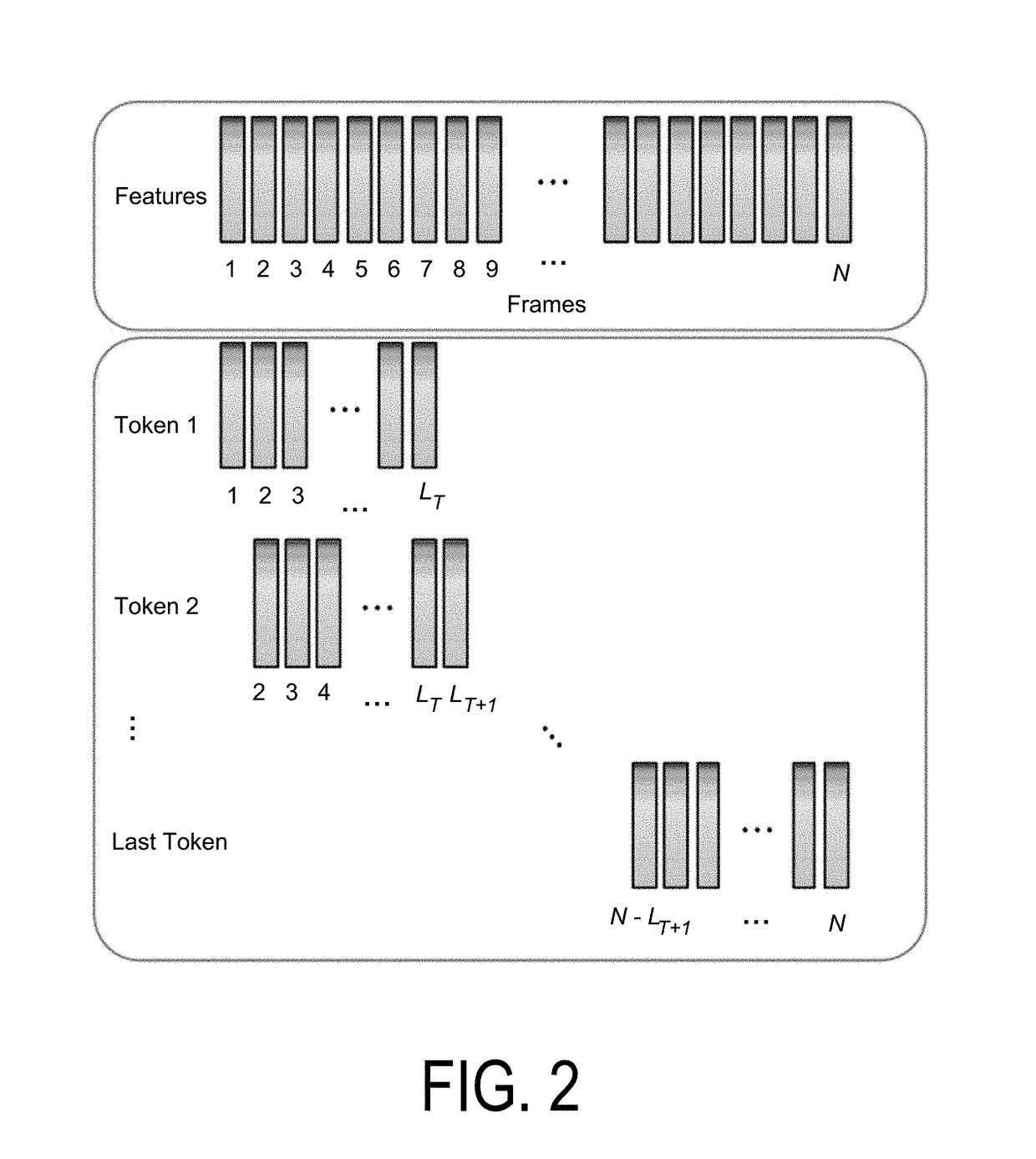Deep learning algorithms for heartbeats detection
a deep learning algorithm and heartbeat technology, applied in the field of sensor systems, can solve the problems of muscle artifacts compromising the signal-to-noise ratio (snr) that makes heartbeat detection difficult, swimming, rowing, and weight lifting even tougher challenges
- Summary
- Abstract
- Description
- Claims
- Application Information
AI Technical Summary
Benefits of technology
Problems solved by technology
Method used
Image
Examples
Embodiment Construction
[0022]The following description discloses systems and methods for using deep learning to extract vital sign signals from sensor data having low SNR or low signal energy to begin with. These techniques can be used for blood flow / heart rate monitoring using, ultrasound Doppler technology, PPG, among other types of sensors technologies. These techniques may outperform conventional EKG and PPG devices for heart rate determination in accuracy and user experience especially under heavy thumping conditions (e.g., noisy sensor data). In some embodiments, a wristband detects blood flow signals by either ultrasound or PPG to compute heart rate, without requiring a separate chest strap.
[0023]The techniques described herein can detect heartbeats and calculate heart rate accurately in low SNR situations. Other applications of continuous heart rate monitoring include Atrial Fibrillation (AF) detection and Heart Rate Variability (HRV) monitoring. Deep learning techniques may be employed for accura...
PUM
 Login to View More
Login to View More Abstract
Description
Claims
Application Information
 Login to View More
Login to View More - R&D
- Intellectual Property
- Life Sciences
- Materials
- Tech Scout
- Unparalleled Data Quality
- Higher Quality Content
- 60% Fewer Hallucinations
Browse by: Latest US Patents, China's latest patents, Technical Efficacy Thesaurus, Application Domain, Technology Topic, Popular Technical Reports.
© 2025 PatSnap. All rights reserved.Legal|Privacy policy|Modern Slavery Act Transparency Statement|Sitemap|About US| Contact US: help@patsnap.com



